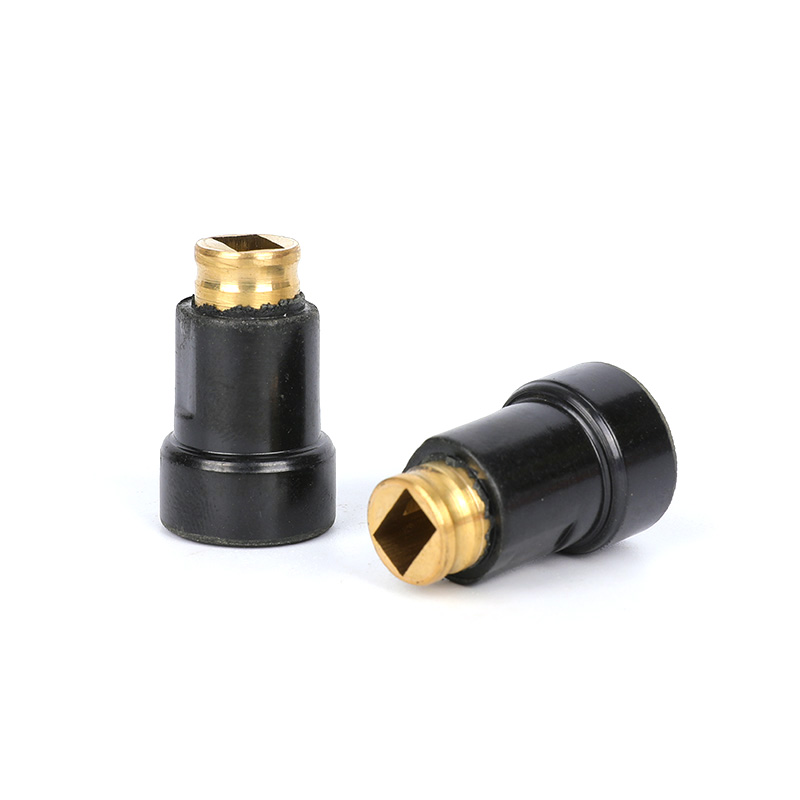- Home
- Products
- About Us
- Application
- News
- Contact Us
Web Menu
- Home
- Products
- About Us
- Application
- News
- Contact Us
Product Search
Exit Menu
How Are Stators Tested Before Leaving the Factory?

Stators for power tools are a critical component that ensures the proper functioning and efficiency of electric motors. Before these stators leave the factory, manufacturers conduct rigorous testing to verify their quality, performance, and safety. Proper testing ensures that power tools operate reliably and reduces the likelihood of failures in the field. Understanding the common testing methods can provide insight into the manufacturing process and the standards used by reputable suppliers.
Visual Inspection
Thestep in testing stators for power tools is a thorough visual inspection. Technicians examine the stator windings, insulation, and core for any signs of damage, misalignment, or manufacturing defects. Even small issues such as uneven winding or damaged insulation can affect the performance of the stator and, consequently, the power tool.
Visual inspection is often aided by magnification tools and automated imaging systems. These systems can detect defects that may be missed by the human eye, ensuring a higher level of quality control before the stators undergo electrical testing.
Electrical Resistance Testing
One of the common tests for stators for power tools is measuring electrical resistance. This involves checking the resistance of the windings to ensure consistency and proper conductivity. Deviations from specified resistance values may indicate problems such as short circuits, incomplete winding, or material defects.
Manufacturers typically use precision meters or automated testing systems to measure resistance accurately. Consistent electrical resistance is crucial for maintaining the efficiency and reliability of the motor during operation.
Insulation Resistance and Dielectric Testing
Insulation resistance testing is essential to ensure that the stator windings are properly insulated. This test verifies that there are no leaks or breakdowns in the insulation that could cause short circuits or electrical hazards.
Dielectric testing, also known as high-potential (Hi-Pot) testing, subjects the stator windings to higher-than-normal voltage to confirm that the insulation can withstand operating conditions. Stators for power tools that fail this test are rejected or reworked, as weak insulation could cause to motor failure or safety risks.
Winding Integrity and Continuity
Testing the continuity of windings ensures that the electrical circuit within the stator is complete and uninterrupted. This involves checking that each coil is correctly connected and that there are no open circuits or breaks in the wire.
Winding integrity tests may also include measuring inductance or using specialized equipment to detect any irregularities in the magnetic properties of the stator core. Proper continuity is essential for reliable motor performance and efficiency.
Functional Testing
Some manufacturers conduct functional testing by integrating the stator into a test motor or simulating operating conditions. This type of testing allows engineers to monitor current flow, voltage behavior, and heat generation under realistic loads.
Functional testing can reveal issues that may not be detected through visual or electrical inspections alone. By simulating real-world conditions, manufacturers ensure that stators for power tools meet the expected performance and durability standards.
Documentation and Quality Control
Every stator that passes the tests is documented with detailed inspection records. This documentation includes test results, materials used, and production details, which are critical for traceability and quality assurance. Maintaining these records helps manufacturers monitor production quality over time and identify trends that may require adjustments.
Stators for power tools undergo multiple layers of testing before leaving the factory, including visual inspection, electrical resistance measurements, insulation and dielectric tests, winding integrity checks, and functional performance evaluations. These steps ensure that each stator meets stringent quality and safety standards, providing reliable performance in power tools. By following such rigorous procedures, manufacturers help maintain the efficiency, durability, and safety of their products.
-
Add: 1st Floor, No. 2, Huanan Road, Zhengcun, Economic Development Zone, Yongkang City, Zhejiang Province, China
-
Tel: +86-0579-87133113
-
E-mail: [email protected]

 English
English русский
русский Español
Español